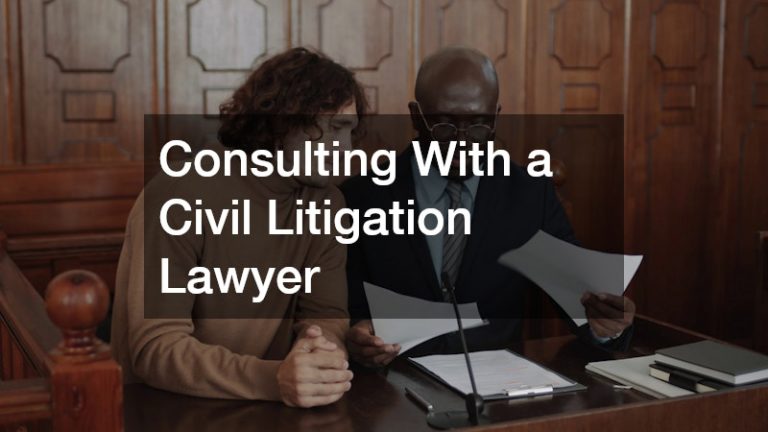

Although drunk driving laws differ from state to state, just like other traffic laws, there are a few rules and regulations about driving under the influence of drugs and alcohol that are pretty standard across the board — and are important things that you should keep in mind if you’re driving in any state:
- Pretty much everyone knows at this point the “legal limit,” or the point at which you’re breaking the law by driving while intoxicated, is .08% BAC (blood alcohol content). But it’s important to realize that there are certain exceptions to this “limit.” For instance, drivers of commercial vehicles can receive a DWI conviction if their BAC is at .04%, and many states have restrictions on drivers with past DWI convictions as well.
- Every state has strict rules about driving under the influence, and these rules get even more strict when the driver is under 21. In these cases, “zero tolerance” policies will usually come into play, meaning that if the underage driver has even a little bit of alcohol in his/her system — usually .01% or .02% — he/she can be arrested and receive a DWI punishment.
- Another rule that every state has is something called an “implied consent” law, which means that drivers automatically give their consent to be tested for drugs or alcohol if a law enforcement official suspects that the person is driving under the influence of a substance. Although drivers can choose which type of test they want to take, if they refuse to take the test, the police officer will usually end up getting a warrant that allows the test to be given anyway. The punishments are often much stricter when the person in question refuses to take a BAC test, and can include an immediate suspension of the person’s driving privileges.
Driving under the influence of any drugs or alcohol is never a good idea, but it’s important to realize that if you’re driving in a state you aren’t familiar with, the laws and implications of a DWI arrest can be very unexpected. It’s always better to be safe rather than sorry when it comes to traffic regulations like this.



